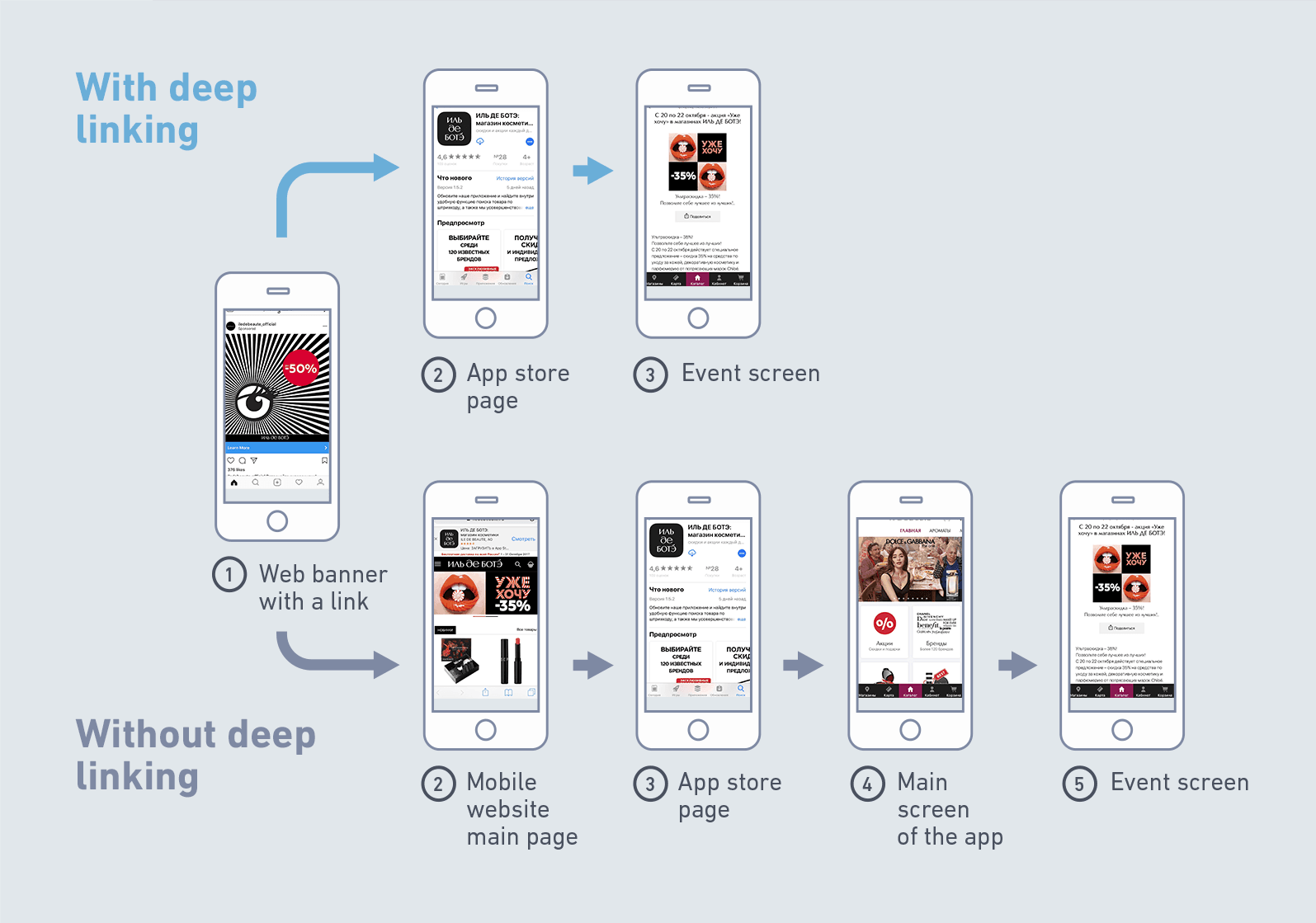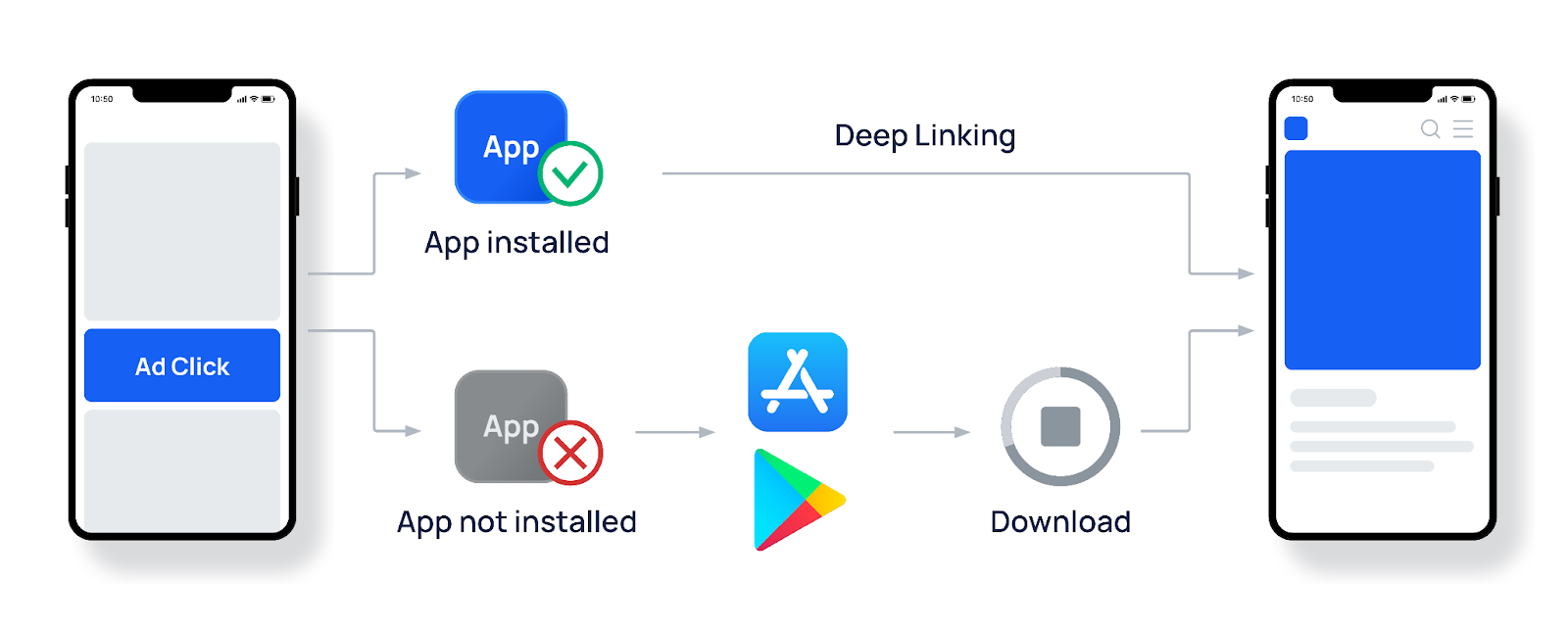Deep Hot Link: The Ultimate Guide To Mastering Digital Connections
So, here's the deal—deep hot linking is not just some random tech buzzword you've stumbled upon. It's a game-changing strategy that can revolutionize how you connect users to specific content on your website. Imagine this: you're running an online store, and someone wants to share a specific product page with their friends. With deep hot linking, they don't just send them to your homepage—they send them directly to that exact page. Sounds powerful, right? Let's dive in and explore how this concept can transform your digital presence.
Now, you might be wondering, "What exactly is deep hot linking, and why should I care?" Well, my friend, in today's fast-paced digital world, users want instant gratification. They don’t want to waste time navigating through multiple pages to find what they’re looking for. Deep hot linking helps streamline that process by creating direct links to specific content, making your website more user-friendly and efficient.
But hold up—before we get too deep into the nitty-gritty, let’s clarify something. Deep hot linking isn’t just about convenience; it’s also about boosting engagement and improving your SEO. By optimizing these links, you can enhance your website's visibility and drive more traffic. So, whether you're a business owner, a marketer, or just someone curious about web development, this guide is going to blow your mind.
Read also:Discover The Enchanting Beauty Of Inka Terra In Stony Point
What is Deep Hot Linking and Why Should You Care?
Deep hot linking, in simple terms, is the process of creating hyperlinks that direct users to a specific part of a webpage rather than the homepage. It’s like giving someone the exact address of a store instead of just pointing them to the general neighborhood. This technique is especially useful for websites with lots of content, such as e-commerce platforms, blogs, or educational resources.
Here’s the kicker: when done right, deep hot linking can significantly improve user experience. Users love it when they can access the exact information they need without jumping through hoops. Plus, it makes sharing content a breeze. Imagine a scenario where someone shares a link to an article, and the reader lands directly on the section they were referring to. That’s the power of deep hot linking.
How Does Deep Hot Linking Work?
Let’s break it down step by step. When you create a deep hot link, you’re essentially adding a unique identifier to the URL of a webpage. This identifier, often called an anchor or hash, tells the browser exactly where to go on that page. For example, if you have a blog post with multiple sections, you can create links like this:
- https://example.com/blog-post#section1
- https://example.com/blog-post#section2
When someone clicks on one of these links, their browser will automatically scroll to the corresponding section. It’s like magic, but with code.
Benefits of Deep Hot Linking for Your Website
Now that we’ve covered the basics, let’s talk about why deep hot linking is a must-have for any modern website. Here are some of the top benefits:
- Improved User Experience: Users can access the exact content they need without navigating through multiple pages.
- Increased Engagement: By directing users to specific sections, you encourage them to explore more of your content.
- Better SEO: Search engines love websites that offer seamless navigation, and deep hot linking can help boost your rankings.
- Easier Content Sharing: When users share links to specific sections of your site, it increases the chances of others discovering your content.
These benefits aren’t just theoretical—they’re backed by data. Studies show that websites with optimized deep links tend to have higher click-through rates and lower bounce rates. That means more people are sticking around and engaging with your content.
Read also:Why The Lidl Beauty Box Online Is Your Secret Weapon For Affordable Glamour
Common Misconceptions About Deep Hot Linking
Before we move on, let’s clear up a few common misconceptions about deep hot linking:
- It’s Only for Big Websites: Nope! Any website, regardless of size, can benefit from deep hot linking.
- It’s Difficult to Implement: Not true. With the right tools and a little bit of coding knowledge, you can set up deep hot links in no time.
- It’s Not Necessary: Wrong! In today’s competitive digital landscape, every little advantage counts, and deep hot linking is one of them.
Now that we’ve busted those myths, let’s dive deeper into how you can implement this strategy on your own site.
Implementing Deep Hot Linking: A Step-by-Step Guide
Ready to get your hands dirty? Here’s a step-by-step guide to implementing deep hot linking on your website:
Step 1: Identify Key Sections
First things first, you need to identify the sections of your website that could benefit from deep hot linking. Think about pages with lots of content, such as blog posts, product pages, or FAQs. These are the perfect candidates for deep hot linking.
Step 2: Add Anchors to Your Pages
Next, you’ll need to add anchors to the sections you identified. An anchor is simply a unique identifier that you add to the HTML code of your page. For example:
This creates an anchor named "section1" that you can link to later.
Step 3: Create Links with Anchors
Once you’ve added anchors to your pages, it’s time to create links that point to them. Here’s an example:
When someone clicks on this link, they’ll be taken directly to the section with the anchor "section1." Easy peasy, right?
Best Practices for Deep Hot Linking
Now that you know how to implement deep hot linking, let’s talk about some best practices to keep in mind:
- Keep It Simple: Use short, descriptive anchor names that are easy to remember.
- Test Your Links: Always test your deep hot links to make sure they work as expected.
- Optimize for SEO: Use relevant keywords in your anchor names to boost your SEO rankings.
- Monitor Performance: Track how users interact with your deep hot links and make adjustments as needed.
By following these best practices, you can ensure that your deep hot links are effective and user-friendly.
Tools and Resources for Deep Hot Linking
If you’re not a coding wizard, don’t worry—there are plenty of tools and resources available to help you implement deep hot linking. Here are a few of our favorites:
- Google Tag Manager: A powerful tool for managing tags and tracking user behavior.
- WordPress Plugins: If you’re using WordPress, there are several plugins that can simplify the process of adding deep hot links.
- Online Tutorials: There are tons of tutorials and guides available online that can walk you through the process step by step.
With these resources at your disposal, implementing deep hot linking has never been easier.
Deep Hot Linking and SEO: A Match Made in Heaven
Let’s talk about the elephant in the room—SEO. Deep hot linking can have a significant impact on your search engine rankings, and here’s why:
- Improved Navigation: Search engines love websites that are easy to navigate, and deep hot linking can help with that.
- Increased Engagement: When users spend more time on your site, it sends positive signals to search engines.
- Relevant Keywords: By using relevant keywords in your anchor names, you can improve your chances of ranking for those terms.
But remember, it’s not just about stuffing keywords into your links. Focus on creating meaningful, user-friendly experiences, and the SEO benefits will follow.
How to Optimize Deep Hot Links for SEO
Here are a few tips for optimizing your deep hot links for SEO:
- Use Descriptive Anchors: Instead of generic names like "section1," use descriptive names that include relevant keywords.
- Keep It Natural: Don’t overdo it with keywords—keep your anchor names natural and readable.
- Monitor Performance: Use tools like Google Analytics to track how users interact with your deep hot links and adjust your strategy accordingly.
By following these tips, you can ensure that your deep hot links are both user-friendly and SEO-friendly.
Real-World Examples of Deep Hot Linking
To give you a better idea of how deep hot linking works in practice, let’s look at a few real-world examples:
Example 1: E-commerce Websites
Imagine you’re running an online store that sells clothing. You have a product page for a specific jacket, and someone wants to share that page with their friends. With deep hot linking, they can create a link that takes their friends directly to that jacket, rather than just the homepage.
Example 2: Blogging Platforms
Let’s say you’re a blogger writing a long-form article about digital marketing. You can create deep hot links to specific sections of your article, making it easier for readers to navigate and share your content.
These examples illustrate just how powerful deep hot linking can be in real-world scenarios.
Challenges and Solutions in Deep Hot Linking
Of course, like any strategy, deep hot linking comes with its own set of challenges. Here are a few common ones and how to overcome them:
- Broken Links: Solution: Regularly test your links to ensure they’re working as expected.
- Overcomplicating Anchors: Solution: Keep your anchor names simple and descriptive.
- SEO Overload: Solution: Focus on creating meaningful, user-friendly experiences rather than trying to game the system.
By being aware of these challenges and taking proactive steps to address them, you can ensure that your deep hot linking strategy is successful.
Tips for Troubleshooting Deep Hot Links
Here are a few tips for troubleshooting common issues with deep hot links:
- Check Your Code: Make sure your anchor names match the links you’re creating.
- Test on Different Devices: Ensure that your links work across all devices and browsers.
- Seek Help: If you’re stuck, don’t hesitate to reach out to a developer or online community for assistance.
With these tips, you’ll be troubleshooting like a pro in no time.
Conclusion: Embrace the Power of Deep Hot Linking
There you have it—a comprehensive guide to mastering deep hot linking. From improving user experience to boosting SEO, the benefits of this strategy are undeniable. By implementing deep hot linking on your website, you can create a more engaging, user-friendly experience that keeps visitors coming back for more.
So, what are you waiting for? Dive in, experiment, and see the difference deep hot linking can make for your website. And don’t forget to share your thoughts in the comments below or check out our other articles for more digital marketing tips and tricks. Let’s keep the conversation going!
Table of Contents
- What is Deep Hot Linking and Why Should You Care?
- How Does Deep Hot Linking Work?
- Benefits of Deep Hot Linking for Your Website
- Common Misconceptions About Deep Hot Linking
- Implementing Deep Hot Linking: A Step-by-Step Guide
- Best Practices for Deep Hot Linking
- Tools and Resources for Deep Hot Linking
- Deep Hot Linking and SEO: A Match Made in Heaven
- Real-World Examples of Deep Hot Link


